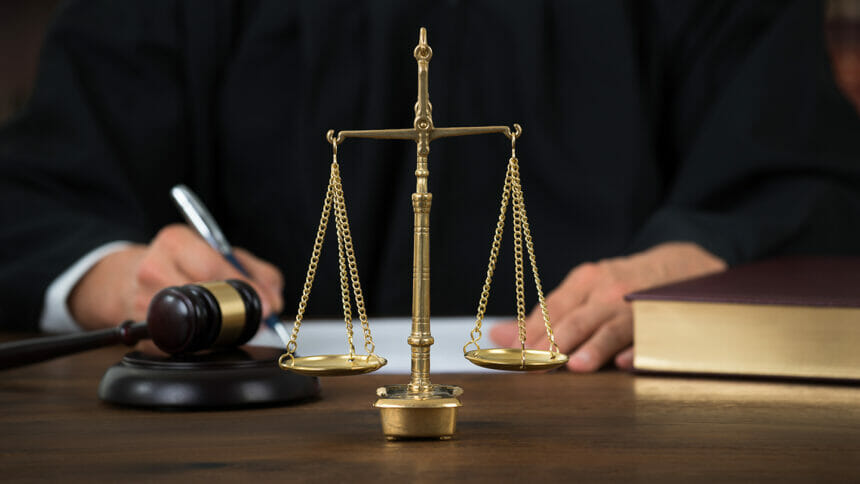A federal appeals court has agreed to send a COVID-related lawsuit against a nursing home back to state court, asserting that a federal law designed to protect providers delivering care during the pandemic can’t shield them from all negligence claims.
The decision continues a seesaw ride for operators and attorneys still trying to understand how courts will ultimately interpret Public Readiness and Emergency Preparedness (PREP) Act protections and jurisdiction three years after those protections went into effect.
Thursday’s Second Court of Appeals ruling denied a motion by Our Lady of Consolation Geriatric Care Center in Long Island to keep its case in federal court, where it believed it would have better protection under the COVID-era PREP Act. The facility argued that a New York district court should not have jurisdiction in the case, which largely hinges on the infection control measures Our Lady employed as COVID first hit the East Coast.
The case was brought by the daughter of Ana Martinez, who was admitted to the nursing home in January 2020, developed a cough and fever in late March and, after being taken to a hospital, died April 1.
The daughter filed suit in New York Supreme Court on claims of negligence, gross negligence, negligent supervision, wrongful death, and violations of the New York Public Health Law. Our Lady initially won removal to the federal Eastern District of New York, but the district court overturned that in response to a plaintiff’s motion.
On Thursday, the Second Circuit affirmed that decision.
The Supreme Court in November declined to take up a nursing home’s petition in a similar case. The high court could have settled the debate, but instead, PREP coverage continues to be interpreted differently by various state and federal courts. The Ninth Circuit split on two similar cases, sending one back to a state court for trial and allowing another to stay with the federal district court in California.
In February 2020, the federal government declared the PREP Act in effect, protecting providers who used “covered countermeasures” as “any antiviral, any other drug, any biologic, any diagnostic, any other device, or any vaccine, used to treat, diagnose, cure, prevent, or mitigate COVID-19” from lawsuits. At the time, there were still broad questions about how COVID spread and how to stop it; federal officials triggered the measure in part to ensure that providers would not reject COVID-positive patients from their facilities.
Thursday’s 10-page summary order by the Second Circuit did not get into the merits of the infection control claims. Instead, a three-judge panel ruled narrowly that the nursing home could not claim the right to remove its case to federal court.
It cited other recent rulings within the circuit, which covers Connecticut, New York and Vermont, in finding that Our Lady’s approach to COVID care under guidance of the federal government was not enough to immunize it from a state-level challenge.
“‘Defendants’ role during the COVID-19 pandemic has nothing to do with whether they were ‘acting under’ a federal officer,’ because ‘[it] cannot be that the federal government’s mere designation of an industry as important — or even critical — is sufficient to federalize an entity’s operations and confer federal jurisdiction,’” the judges wrote in citing previous pandemic case law.
They added that they could not use guidance and regulations issued by the federal government as a shield for state-level claims.
“The only exclusive federal cause of action established by the PREP Act was for willful misconduct,” they wrote.
But claims for medical malpractice, negligence and gross negligence “are plainly not ‘within the scope’ of willful misconduct,” they wrote. The judges added that, under New York state law, medical malpractice suits require only a deviation from the community standards of practice.





